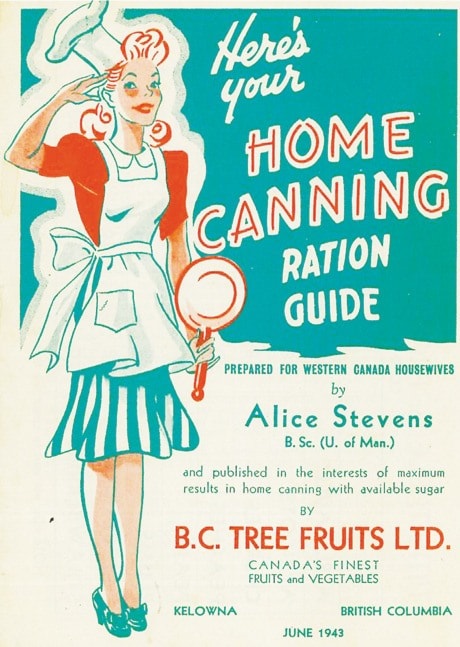We often think of recycling as primarily a late 20th Century movement, but it has been in existence for most of human history.
What came into play in the post-war era was legislation and implementation of recycling policies.
Recycling, as we know now, is processing used materials into new products to prevent waste of potentially useful material.
In pre-industrial times, there is evidence of scrap bronze and other metals being collected in Europe and melted down for reuse. For instance, ash from fires used to be collected and later recycled for use in brick making.
At the start of the industrial revolution, the demand for scrap materials grew. Both the railway and automobile industries relied on scrap metals in manufacturing.
During wartime, the need for recycling and reusing material became vitally important. A shortage of goods, especially in the Second World War, resulted in massive campaigns to urge citizens to donate metals and fibres to help the war effort.
The term “wartime thrift” was coined and lent itself not only to the recycling of metals to be used in the war itself, but also to what households could be doing on the home front; “Canada’s Housesoldiers.”
Advertising had a huge impact on the household during the Second World War.
“Beyond all question, advertisements show us how to lessen daily drudgery, how to economize time, labour and money, how to care for our bodies so that we shall have less illness, less suffering and more strength for doing our daily work,” (Maple Ridge Gazette, July, 1943).
Various cookbooks outlining “the old way” versus “the new way” started to emerge: 55 Ways to Save Eggs provided women with ways to make meals with fewer ingredients, but still retain the taste.
Cookbooks such as Sugar Saving Recipes and Home Canning Ration Guide followed.
Along with cookbooks, guides came from the Ministry of Agriculture, detailing how to cultivate food from your own garden and how to properly compose of materials afterward.
This effort extended beyond food.
From quilts to repurposed tools, the Maple Ridge Museum has a collection of handmade objects made from reusing materials from other objects. The most notable, a handmade rake, which has been made by attaching nails to a piece of wood and affixing it to a old broom handle. The handle was braced with heavy wire so the head of the rake would stay in place.
Nathaniel Craig used the rake from 1912 to 1940 on Buena Vista Ranch, at 232nd Street, between 134th Avenue and Silver Valley Road.
This February, the temporary gallery in the Maple Ridge Museum will be co-curating an exhibition alongside the Ridge Meadows Recycling Society, which is celebrating its 40-year anniversary. The exhibit will discuss thrift to modern day “up-cycling,” showcasing various repurposed tools and the history of the Ridge Meadows Recycling Society through various artifacts and photographs. The exhibit will run until May.
And the next time someone calls you thrifty, take it as a compliment.
Allison White is
curator at Maple
Ridge Museum.
